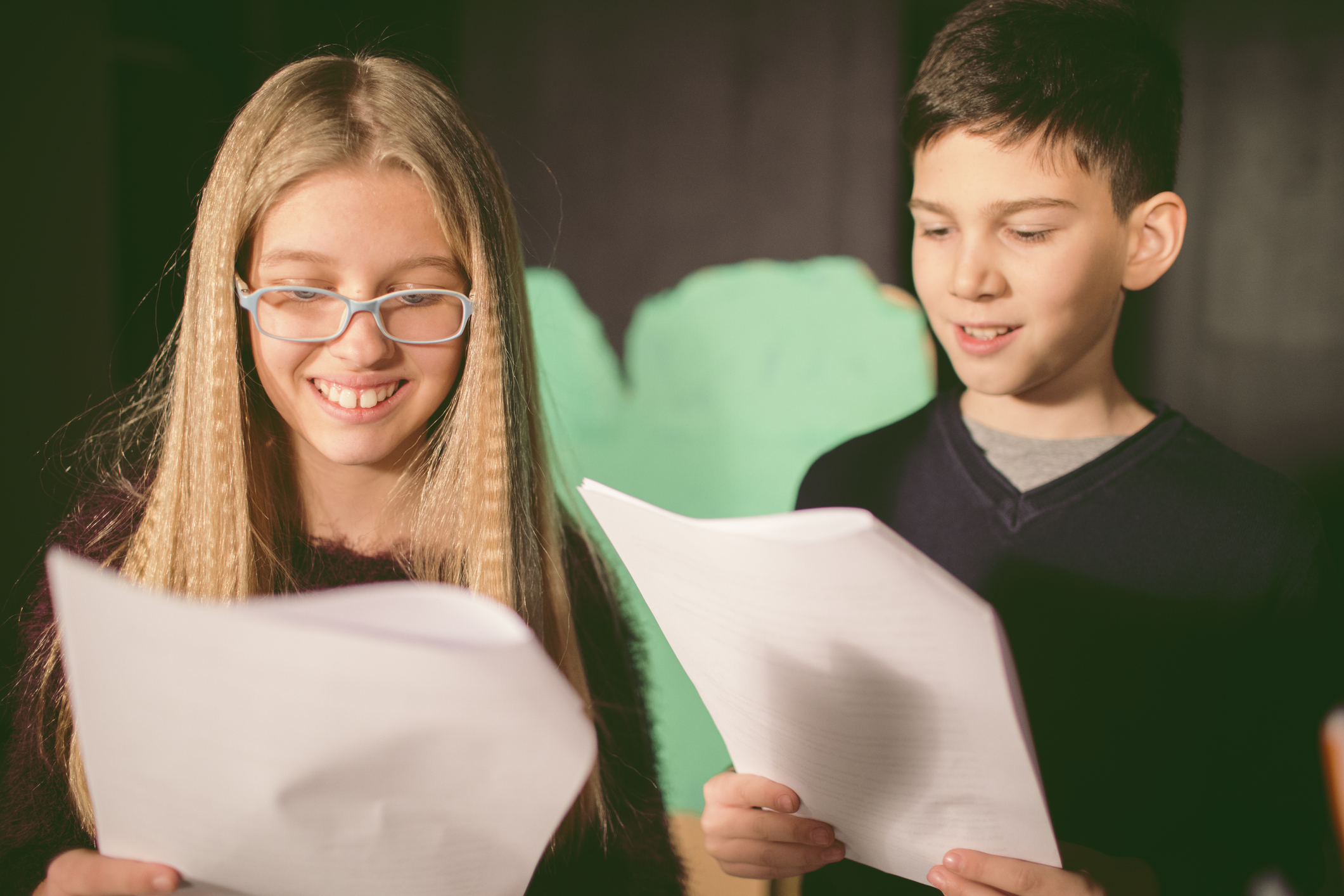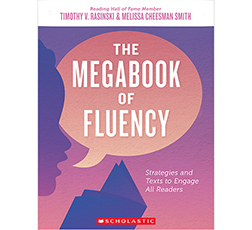Tim Rasinski is a renowned professor of literacy education whose research on reading fluency and word study has made him a literacy hero to many. Below, he shares his thoughts on repeated readings.
In my previous blog, I explored the importance of repeated reading as an approach to improving students’ reading and overall reading proficiency. I pointed out that when students read a text several times, they not only demonstrate improvement in their reading of the current text but also on new texts never before read.
While the results of research on repeated reading are compelling, the more practical question is how can teachers make repeated reading an integral part of their classroom instruction. In many classrooms, well-meaning teachers have children read a text multiple times for the purpose of increasing their reading speed. This to me does not seem a very authentic purpose for reading a text multiple times. When in real life do people engage in multiple readings of the same text for the purpose of reading it faster?
I think that a more authentic and engaging form of repeated readings emerges from the notion of performance. If a reader were to perform a text for an audience, he or she would certainly want the opportunity to rehearse or practice the reading in advance. That rehearsal is a form of authentic repeated reading. Readers rehearse their text for the purpose of performing a meaningful oral rendering of the passage for an audience. Speed is not the goal of this form of repeated reading. Meaning or comprehension is the ultimate goal of reading.
Certain texts – poetry, song, speeches, dialogues, monologues, and reader’s theater scripts – lend themselves particularly well to oral reading performance. I am particularly fond of reader’s theater scripts as an authentic form of repeated reading. Unlike putting on an actual play, reader’s theater involves students actually reading their scripts without the use of acting, props, costumes, or scenery. Students simply stand or sit in front of an audience, and read. Without using acting, props, and the like, students have only their voices to convey a meaningful and satisfying performance of the script to an audience. This means that students’ rehearsal or repeated reading must be focused on meaning. Moreover, reader’s theater is a very safe form of performing, as each student’s part is not overly long and they are not required to memorize a script. They only need to read with appropriate expression, enthusiasm, and meaning.
As one young student said after engaging in reader’s theater, “I never thought I could be a star, but I was the best reader today.”
Without question, students love the opportunity to practice and perform. Authentic forms of repeated reading, such as reader’s theater, allow all students to be the best readers in their classrooms for the texts they perform. Moreover, regular use of reader’s theater and other forms of real repeated readings undoubtedly leads to significant improvements in fluency and overall reading achievement for all students, especially those who find reading difficult (Rasinski, 2010).
Although there are many sources for reader’s theater scripts, one of the best belongs to my colleague and former second grade teacher Chase Young. Teachers will find over 100 scripts that Chase has written with his own students. Most are based on children’s books. These can inspire students to write and perform their own scripts after reading books in their class.
Another good source of fluency material is The Megabook of Fluency that I wrote with my colleague and fifth grade teacher Melissa Cheesman Smith. In it, you will find a variety of materials and activities that teachers can use to make repeated readings and fluency instruction fun, authentic, and effective. Melissa and I were honored to learn that our Megabook of Fluency was just awarded the Teachers Choice Award for 2019!
Fluency and repeated reading instruction can be fun, authentic, and effective. We just allow our creativeness as teachers to make it happen.
Martinez, M., Roser, N., & Strecker, S. (1998). “I Never Thought I Could Be a Star”: A Reader’s Theatre Ticket to Fluency. The Reading Teacher, 52(4), 326-334. Retrieved from http://www.jstor.org/stable/20202073
Rasinski, T. (2010). The Fluent Reader. New York: Scholastic.
Rasinski, T. & Smith, M. C. (2018). The Megabook of Fluency. New York: Scholastic.
_________________________________________
Tim Rasinski is a professor of literacy education at Kent State University. His research on reading has been cited by the National Reading Panel and has been published in journals such as Reading Research Quarterly, The Reading Teacher, Reading Psychology, and the Journal of Educational Research. Read more about Rasinski here, or connect with him on Twitter @timrasinski1.
For more from Tim Rasinski, continue to follow us for his exclusive VocabularySpellingCity blog series and be sure to watch a video recording of his webinar “Automaticity (Fluency) in Word Learning Improves Comprehension”
Rasinski’s research on word fluency is cited in the report, “Applying Best Practices For Effective Vocabulary Instruction,” written by VocabularySpellingCity in partnership with McREL International.




![NEW VIDEO: Voiced Glottal Fricative [ɦ] – Pronunciation Studio](https://media.pronunciationstudio.com/2024/01/SOUND53-BOARD.png)
